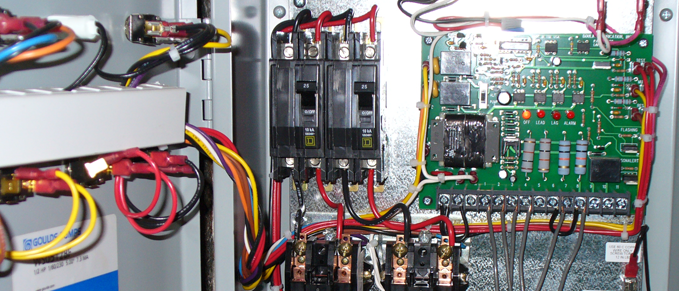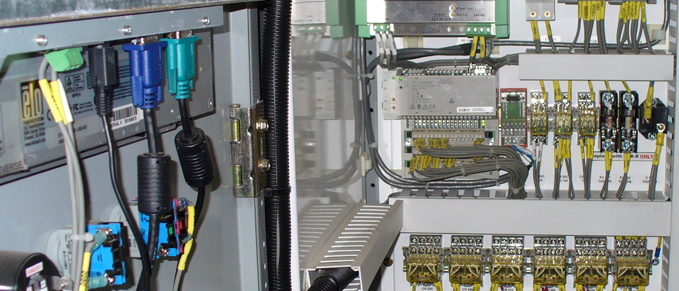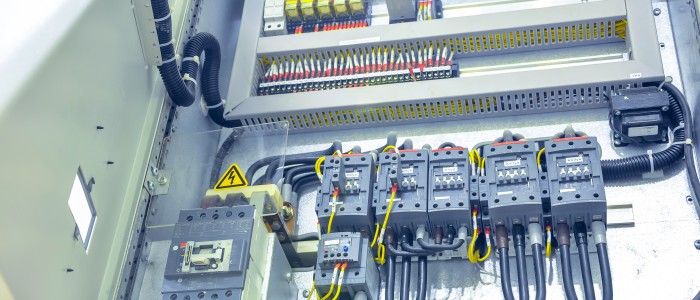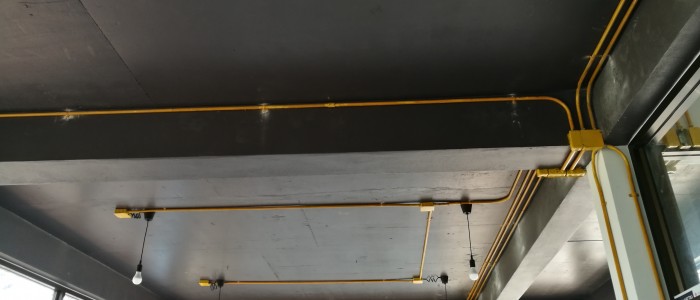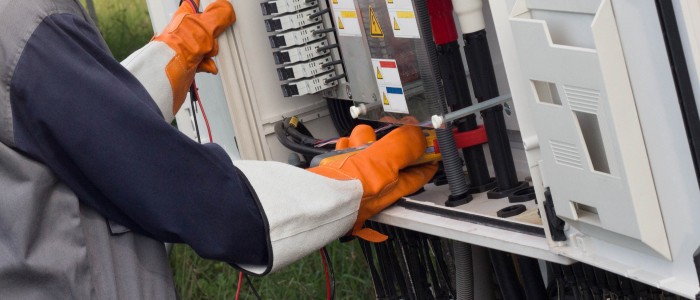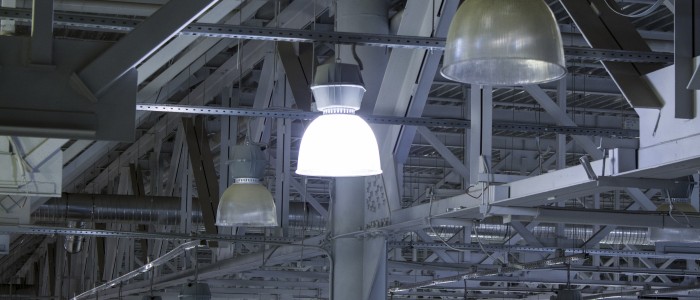Some consider power surges to be the hidden denizens of the early spring and summer. Thunderstorms and heavy winds are loathed for the damage they inflict on electrical systems and infrastructure, which is caused by the lightning they can produce and its incredible bursts of electrical energy. When lightning produces these bursts of unnecessary energy and they enter an electrical system, or a faulty transformer or break in the system creates an influx of energy, a power surge will occur. Fortunately, when it does, surge protectors are there to keep your appliances and systems from blowing up. That is, as long as you remembered to buy an actual surge protector, and not an unprotected power strip.
However, there are some hidden truths about surge protectors that people don’t realize, or aren’t effectively educated about. That’s why we’re here, to protect, maintain and sometimes inspect your system when you need it, and to keep you educated wherever and whenever necessary.
Joule Ratings — Surge Protectors Have a Maximum Capacity for Surge Absorption
Surge protectors use a device known as a Metal Oxide Varistor (MOV). This component absorbs extra electrical energy in order to keep it from going into your appliances, electrical system or equipment. It does this by using “clamps” to displace excess energy and keep voltage at safe levels. The maximum electrical absorption capacity of a MOV is measured in Joules, a measurement unit used to quantify energy. This number is known as the “Joule Rating.”
Each surge protector will have a specific Joule Rating, the most frequent being around 500-1000. Unfortunately, it’s very tough to tell how much capacity is left in a surge protector’s MOV, which is why we suggest purchasing surge protectors with indicator lights on them that will inform you when the MOV is losing its juice. When a surge protector’s Joule Rating has been expended, it’s little more than an extra unprotected outlet, so be careful.
Clamp Ratings — Different Surge Protectors Use Different “Clamps”
Underwriters Laboratories (UL) typically inspects and rates different electrical equipment, tools, elements and appliances to provide standards of quality and expectations in the electrical engineering, contracting and inspection industries. Power surges are no exception—UL rates the “clamping voltage” of surge protectors—the voltage that they even-out to after protecting a system from a surge. The lowest UL rating possible for surge protector clamps is 330 volts, and most household surge protector clamps are rated at 500 volts. When you’re comparing surge protectors, make sure the clamps are rated at 500 volts to give your appliances and expensive computing equipment the protection they need.
Protective Warranties – Some Surge Protectors Have Them
At A-1 Electric we frequently see systems that have experienced distress or damage because of a power surge. We believe it’s important for you to know that many higher quality surge protectors have insurance and warranty protection for any piece of equipment damaged while hooked into them. Some surge protectors offer reimbursement up to $300,000 on equipment that was damaged during a power surge as a testament to the effectiveness and reliability of their products.
When it comes to protecting expensive computing equipment and other appliances, spending a few hundred dollars on a great surge protector will prove to pay for itself in the end—especially in our areas of Philadelphia and Bucks County, PA. We notoriously have strong winds, lightning storms and, of course, damage to power lines, whether it’s from car accidents, falling tree branches or any other unfortunate thing that can befall a power line or power plant.
4 Tips for Buying Surge Protectors
1) Look for surge protectors with documented protection for hot, neutral and ground lines—ask an expert from A-1 Electric about the difference between them.
2) Many surge protectors have protection features for Cable Lines, Phone Lines and Digital Satellite Lines. Protect your TVs, phones and cable equipment or you may regret it later.
3) As we said earlier, try to purchase surge protectors with indicator lights, even if they’re a little more expensive—it pays to know when a surge protector is no longer doing its job.
4) Always get more outlets than you need—you’ll probably get new things in the future, and if not, it’s still good to have some extra space available.
A-1 Electric Recommends Surge Protectors
Be safe with your surge protectors – buy the right voltage rating for what you’ll be using it for, and if necessary do some research. Never use surge protectors in humid or wet areas. Always uncoil cords, keep them away from obstructions, and keep children and pets away from them. Never use a surge protector on an aquarium and never plug a surge protector into an extension cord.
We don’t like seeing any system damaged from power surges or power spikes. Power surges and spikes can go through any type of wire or system. Surge protectors are your shields against excess power coming in and frying your appliances, computers and other sensitive equipment. Small surges can cause gradual degradation of circuits and elements within machinery and devices over time. Surge protectors are an extremely sound investment and will protect against power spikes – the scourge of the seasons. To learn more about finding quality surge protectors, or the other ways we can help bolster and protect your system, contact A-1 Electric today at 800.401.6114.





